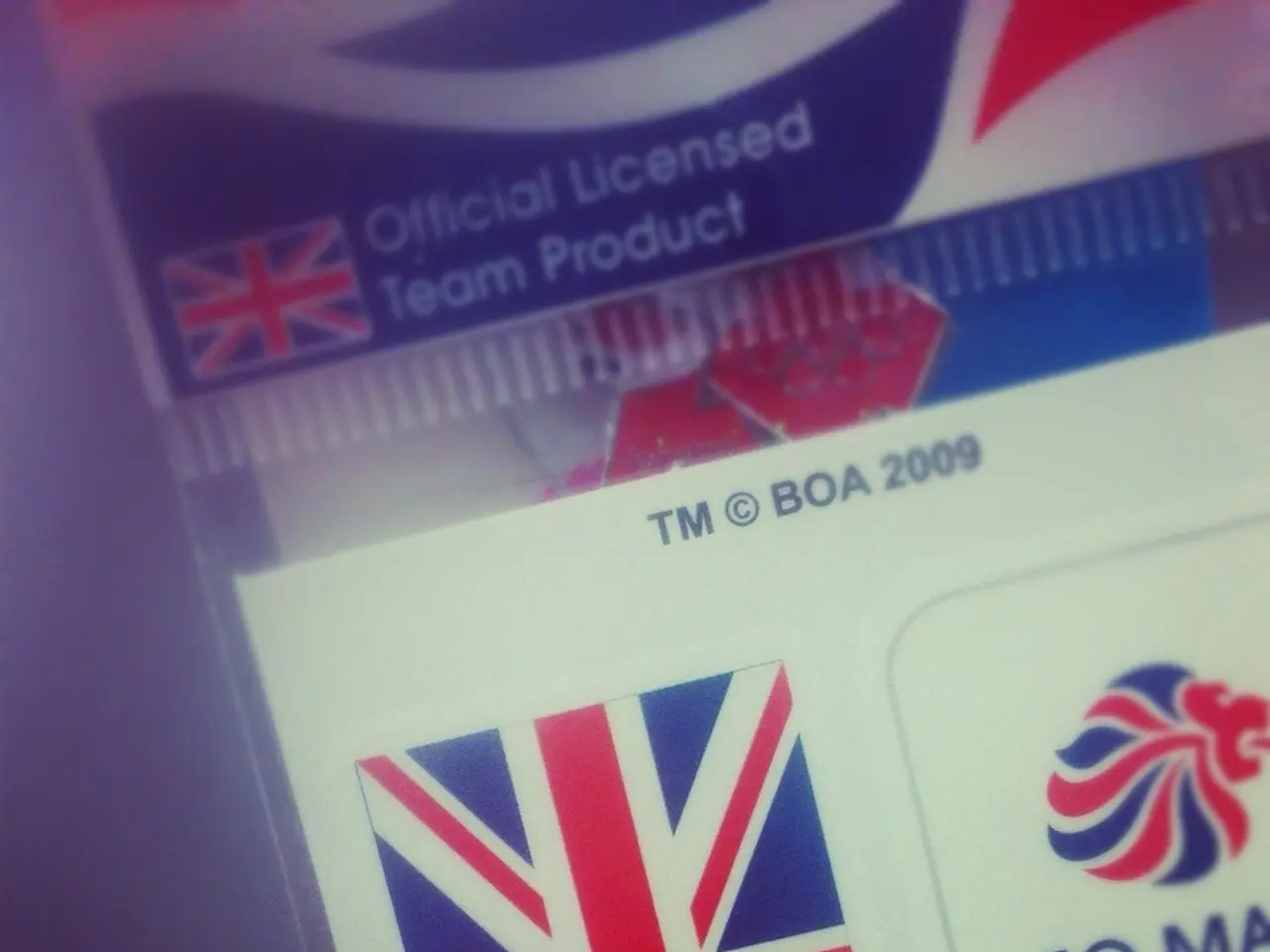Exploring Tax Breaks for Businesses through Research and Development Investments
In the realm of sustainability and innovation, discussions are underway that could lead to targeted incentives for Research and Development (R&D) activities that align with environmental goals. One such incentive is the Research and Development tax credit, a financial benefit designed to stimulate innovation and promote R&D activities.
Understanding the framework surrounding Research and Development tax credits is crucial for businesses interested in leveraging this financial benefit. Qualifying activities include creating or improving products, processes, or software through scientific research, engineering, and experimentation. Eligible expenses typically cover labor costs, materials, and overhead costs directly associated with R&D projects.
The interaction between patent law and Research and Development tax credits is significant. Expenses incurred during patenting processes can potentially qualify for Research and Development tax credits.
Recent trends in Research and Development tax credits indicate an increase in eligibility for smaller companies, with modified frameworks to stimulate participation among startups and smaller enterprises. This evolution is likely to continue, with increased funding, broader eligibility criteria, and streamlined application processes encouraging businesses to invest in research activities.
The Tax Cuts and Jobs Act (TCJA), enacted in 2017, required businesses to amortize domestic R&D costs over five years and foreign R&D costs over 15 years, ending the practice of immediate expensing. This transition did not directly eliminate Research and Development tax credits, but it changed how qualifying research activities were treated. Businesses could still claim Research and Development tax credits, but they had to carefully manage their expenses under the new amortization rules.
However, the One Big Beautiful Bill Act (OBBBA), enacted in 2025, reverses the TCJA's amortization requirement for domestic R&D starting in 2025, allowing businesses to immediately deduct these expenses. This change provides significant tax savings opportunities for companies investing in innovation. Businesses can elect to deduct remaining unamortized R&D expenses from 2022-2024 over one or two years starting in 2025, and small businesses (with $31 million or less in average gross receipts) can retroactively apply R&D expenses to prior years by amending their returns.
The OBBBA includes conforming changes to the Research and Development tax credit provisions, such as Section 41 and Section 280C, which may affect how taxpayers claim these credits, especially when reporting qualified research expenditures that are now immediately deductible.
Strategic considerations for businesses include tax planning, evaluating options carefully, considering whether to take advantage of immediate expensing or continue amortization, depending on their financial goals and cash flow needs. Utilizing tax advisory platforms and software can help businesses navigate these changes and maximize their tax savings.
Key recent developments include the expansion of qualifying expenses to include computational costs for technology, enhancement of tax credits for collaboration between businesses and educational institutions, and regional incentives aimed at promoting R&D in specific areas facing economic challenges. Case studies on research and development tax credits provide valuable insights into how various organizations successfully leverage these incentives, resulting in substantial financial benefits.
Engaging with tax professionals experienced in research and development tax credits can provide additional insights and tailored advice on optimizing claims. Careful attention to eligibility requirements and documentation is essential to ensure compliance and maximize potential returns. The application process involves preparing a comprehensive report detailing research activities and expenses, and submitting the claim through appropriate channels. Meticulous record-keeping is essential for businesses aiming to benefit from research and development tax credits, as it aids in compliance and enhances the chances of successful claims.
Legislative changes also emphasize the integration of digital technology within R&D activities, such as software development, artificial intelligence, and biotechnology. Comprehensive documentation practices are essential, including meticulous tracking of labor, materials, and subcontractor fees.
In conclusion, the updates in Research and Development tax credits offer substantial benefits for companies investing in R&D, providing both immediate tax deductions and potential retroactive adjustments to enhance cash flow and strategic planning. Businesses should carefully consider their options and engage with tax professionals to maximize their benefits from these financial incentives.
- Leveraging the intellectual property generated through scientific research, engineering, and experimentation can potentially qualify for Research and Development tax credits, opening up opportunities for businesses in education-and-self-development and technology sectors.
- As part of the effort to promote R&D in specific areas, regional incentives have been introduced, focusing on computational costs for technology as qualifying expenses, thereby encouraging innovation in these regions.




